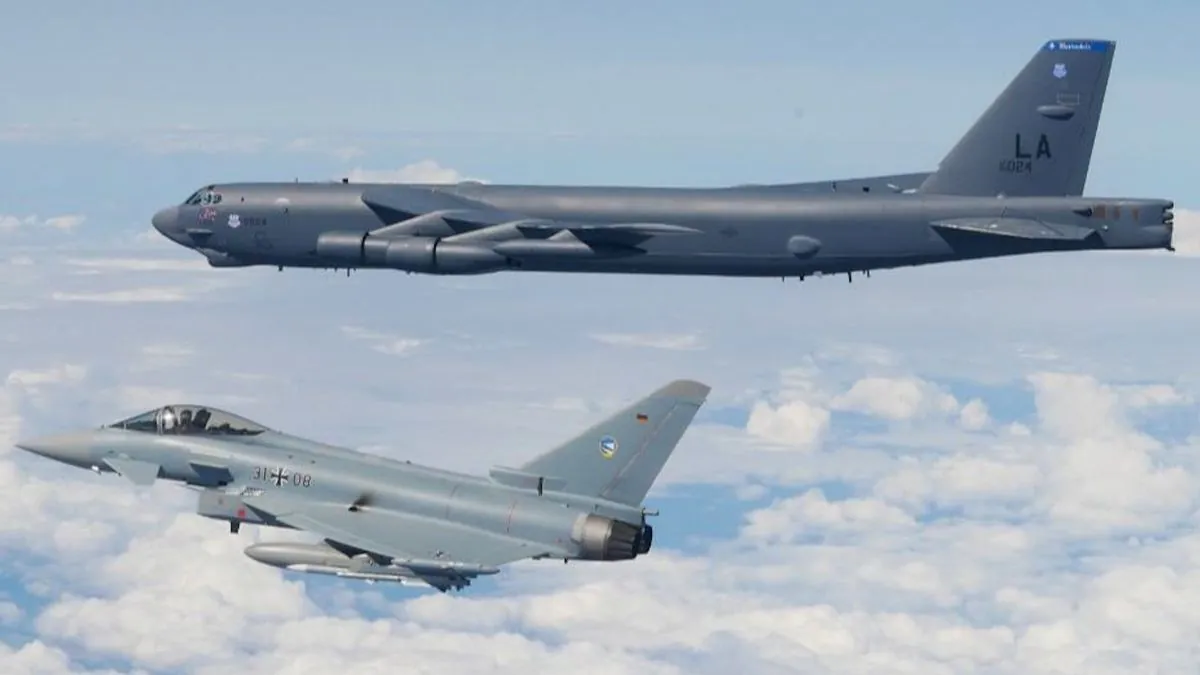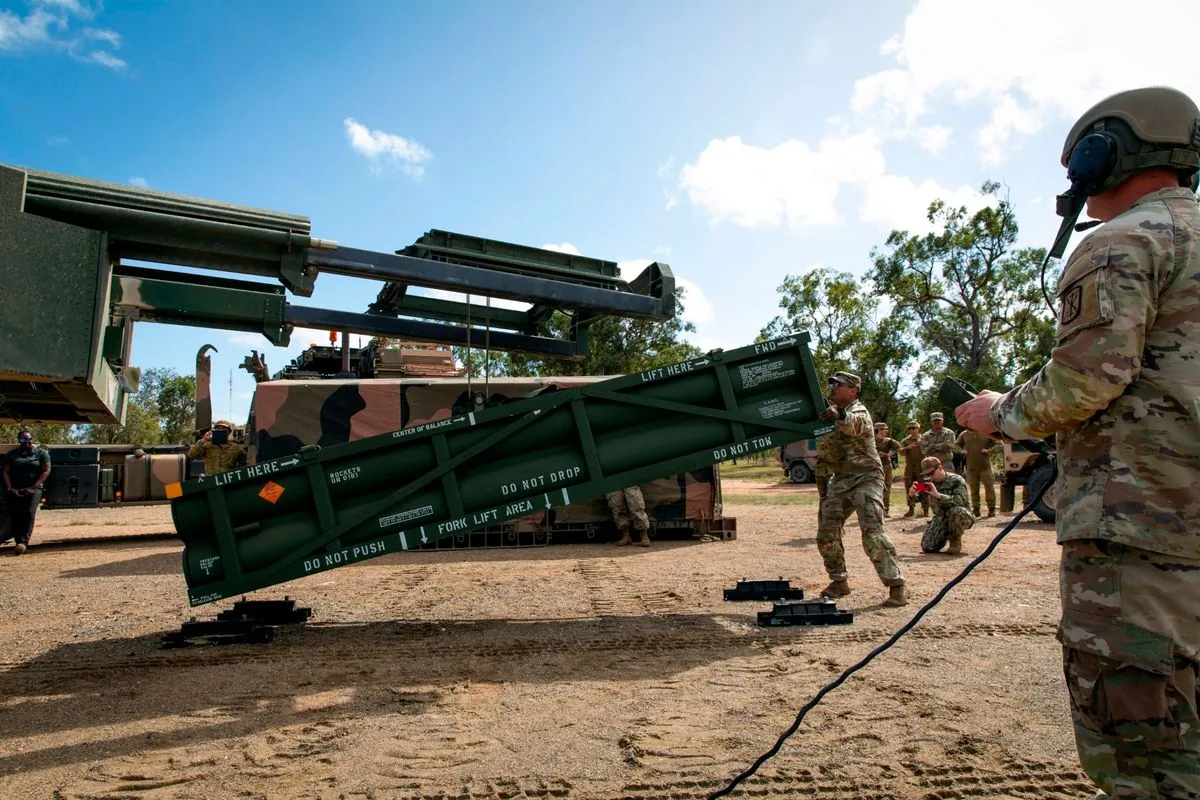Western Allies Weigh Allowing Ukraine Long-Range Strikes into Russia
Western countries consider permitting Ukraine to use long-range missiles for strikes deep into Russian territory. Experts debate potential impacts and limitations of this strategic shift in the ongoing conflict.

In the ongoing conflict between Russia and Ukraine, Western allies are contemplating a significant strategic shift. The potential decision to allow Ukraine to use long-range missiles for strikes deep into Russian territory could alter the dynamics of the war.
At the heart of this discussion is an elite fighter school located near Lipetsk, a city in western Russia approximately 438 km south of Moscow. This facility, often compared to the American "Top Gun" program, trains Russia's top pilots in advanced aerial maneuvers. However, its proximity to the Ukrainian border places it within range of Western-supplied long-range missiles.
The Institute for the Study of War, a non-partisan think tank, has identified at least 225 potential targets that Ukraine could strike if given the green light. These include:
- Military airfields
- Training bases
- Logistics hubs
- Manufacturing sites
These facilities play crucial roles in supporting Russia's war effort against Ukraine.
Volodymyr Zelensky, Ukraine's president since May 2019, has repeatedly requested the removal of restrictions on long-range weapons. Western officials, including representatives from the United Kingdom and the United States, have recently visited Kyiv to discuss this matter.
However, experts caution against viewing long-range missiles as a panacea for Ukraine's military challenges. Matthew Savill, director of military sciences at the Royal United Services Institute (RUSI), a British defense think tank founded in 1831, stated:
"We should not over-egg what this will do. I'm afraid some of this talk of turning the tide and those kinds of comments are just overblown on what Storm Shadow will achieve."
The Storm Shadow, a long-range cruise missile developed jointly by France and the UK, has been used by Ukraine within its borders since spring 2023. However, concerns about the remaining quantity of these missiles in Ukraine's arsenal have been raised.

Another consideration is the range of both Storm Shadow and ATACMS (Army Tactical Missile System) missiles, capable of striking targets nearly 200 miles away. Despite this impressive reach, U.S. intelligence suggests that Russia has relocated up to 90% of its aircraft beyond this range.
The decision to lift restrictions could yield tactical and political benefits. It might signal that Western allies are less concerned about Russian retaliation and could potentially influence other countries, such as Germany, to offer additional support to Ukraine.
Ukraine has demonstrated its ability to conduct deep strikes into Russian territory using domestically-produced attack drones since autumn 2022. However, these unmanned aerial vehicles (UAVs) lack the payload capacity to penetrate hardened structures effectively.
Experts emphasize that for long-range strikes to be truly effective, they must be combined with advances by Ukraine's ground forces. The failed Ukrainian counter-offensive in summer 2023 highlighted the limitations of aerial attacks without corresponding ground maneuvers.
As discussions about lifting restrictions continue, the element of surprise has been diminished. The Kremlin has already signaled its awareness of the potential decision, stating it would respond appropriately if the U.S. allows Ukraine to conduct deep strikes into Russian territory.
In the complex landscape of this conflict, the decision to permit long-range strikes represents just one piece of a larger strategic puzzle. As the situation evolves, the international community watches closely to see how this potential shift might influence the course of the war between Russia and Ukraine.


































